March 15. A meeting of the Presidium of the State Council chaired by Vladimir Putin took place in Yaroslavl. This meeting was devoted to security issues traffic in Russia. At the meeting, issues of improving road safety in Russia, as well as what awaits motorists, were discussed.
Between 2006 and 2012, thanks to the implementation of the Federal Program to Improve Road Safety, the number of road accidents decreased by 11.8%. However, over 10 years, more than 3 million people were injured in road accidents, and 350 thousand people died. Ways to improve the program were discussed at the meeting.
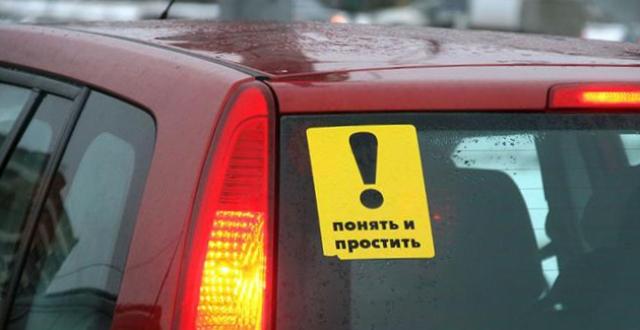
President Russian Federation Vladimir Vladimirovich Putin emphasized that fostering a driving culture should go in parallel with. Vladimir Putin noted that it was the punitive measures that helped solve a number of problems in stabilizing the situation on the roads, which is fully reflected in the statistics. The number of deaths and injuries as a result of road accidents has decreased.
Due to the fact that the number of accidents at pedestrian crossings is not decreasing, in 2016 it is planned to introduce stricter liability for drivers for traffic violations at zebra crossings.
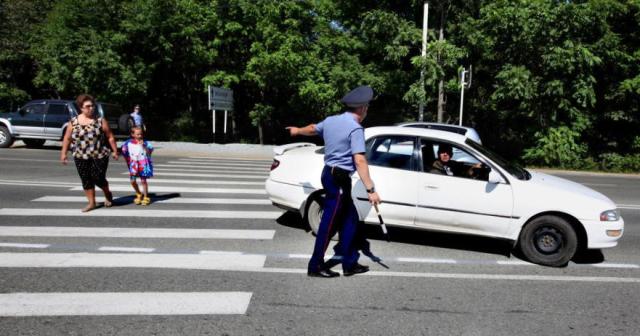
To improve the situation in this area, it is planned first in the capital region, and then in the regions, to introduce special ones that will record violations at pedestrian crossings and departures beyond the stop line.
The most common traffic accident with serious consequences is driving into the oncoming lane. Punishment and deprivation of rights did not change the situation. In this regard, the Government of the Russian Federation plans to develop an action plan for a comprehensive solution to this problem.
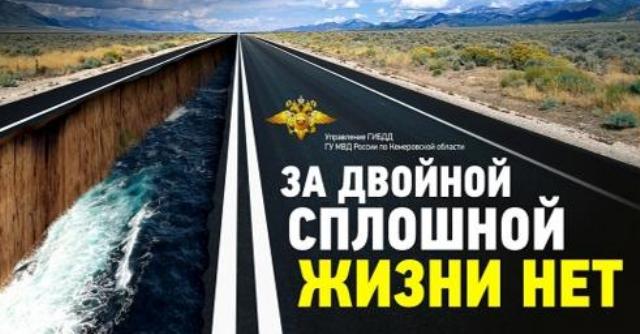
First of all, it is planned to strengthen preventive measures. Secondly, it is possible that the powers to administer fines for traffic violations may be transferred to municipal and regional authorities.
The third problem is road work. Due to the continuing accident rate at repair work sites, it is planned to change the procedure for carrying out repair work.
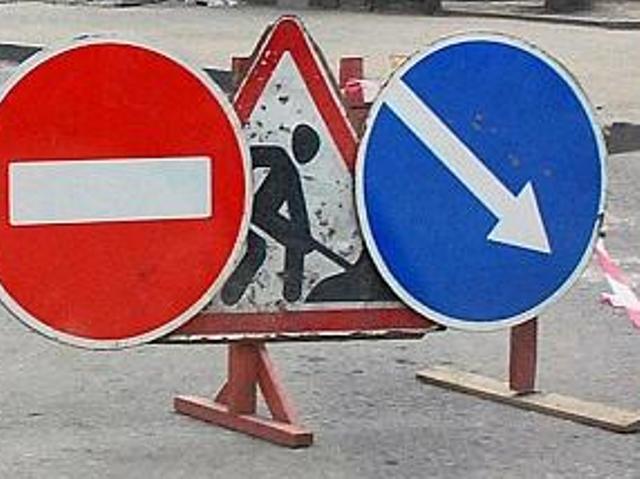
To solve this problem, it is proposed to create a regulatory act regulating the organization of potentially dangerous sections of the road.
The fact is that in most areas where repair work is carried out, there is no proper number of signs, lighting and other elements that attract attention and help the driver navigate. Therefore, in many places, emergency areas come as a complete surprise to drivers.
For comparison, the organization of repair work abroad occurs differently. Thus, in Thailand, traffic lights are installed in front of a dangerous area, which attract the driver’s attention in advance. Then, closer to the dangerous area, various large arrows are installed, blocks that glow brightly in the dark. Accordingly, the driver perfectly sees the danger in advance, knows on which side the detour is organized, etc.
In a separate point, Vladimir Putin noted the need for a complete transition to minor road accidents without casualties.
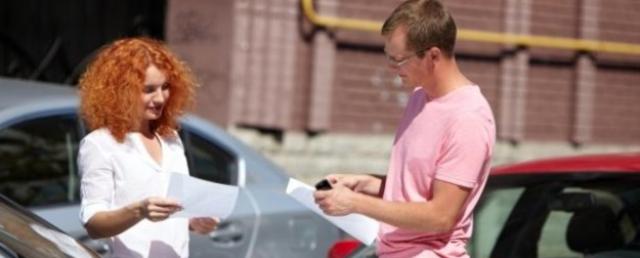
Deputy Head of the Ministry of Internal Affairs Dmitry Mironov assured that the department will be ready to completely switch to the “European protocol” from January 1, 2017.
Reference! Currently, there is already a system in place for registering minor incidents in which only material damage was caused, and the vehicle received only mechanical damage, without traffic police officers (according to the traffic police protocol). The amount of compensation under the European protocol in most regions is limited to 50 thousand rubles. In Moscow, St. Petersburg and the Moscow and Leningrad regions, the amount of compensation under the European protocol is limited to 400 thousand rubles.
The next problem that was discussed at the meeting was fake insurance policies. Vladimir Putin emphasized that recently this problem has become widespread.
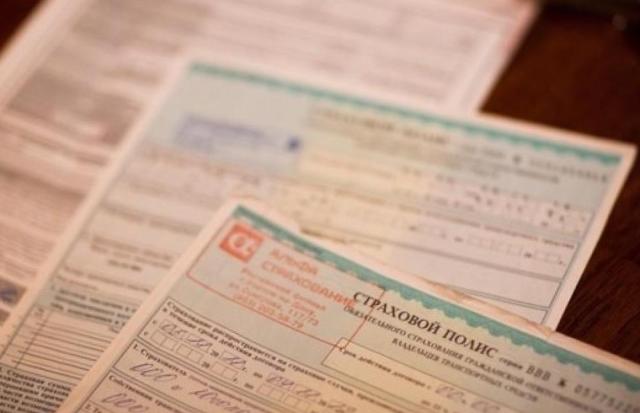
There were no clear plans to solve this problem at the meeting.
Let us recall that earlier.
The issue of childhood injuries was raised.
In this regard, it is planned to change the conditions for transporting children. In particular, it is planned to exclude from the traffic rules the concept of “other devices” in relation to restraint devices for organizing the transportation of children. Since due to the vague term, unscrupulous sellers have opportunities to sell counterfeit and low-quality products.
New amendments to the Traffic Rules, which will come into force on December 1, 2016, will affect all drivers who have to transport children: from this date, car owners will be required to use special child car seats. This means that any other analogues of restraint devices - adapters, boosters, cradles - will be illegal. What caused this innovation to appear? What fines are provided by the Code of Administrative Offenses for ignoring the new norms? Why do experts recommend purchasing car seats for small children today?
About transportation of children under 12 years of age
Currently, paragraph 22.9 of the Road Traffic Regulations obliges children to be transported only if the vehicle has a standard seat belt and a restraint device - a special seat. The current regulations clearly indicate the age of the passenger who must be provided with a special seat or its equivalent - up to 12 years. The drafters of the traffic rules formulated this rule based on the recommendations of car manufacturers, who always emphasized that standard seat belts in any car are able to demonstrate proper effectiveness only if the passenger’s height is over 150 cm. Otherwise, the diagonal part of the belt will not be able to be fixed strictly in the middle of the chest, which automatically renders the protection useless. And since the average child reaches this height at the age of 12, this figure was used in the rules. Thanks to special restraint devices installed on the front or rear seat, the child can be raised just enough so that the belt is placed on his chest in the most optimal way. Why did legislators decide to ban most devices, leaving vehicle owners with the opportunity to choose only among full-fledged child car seats? Research by safety experts, conducted jointly with representatives of the Test Center of the Central Scientific Research Automobile and Automotive Institute, showed that almost 80% of all restraints offered on the market today do not meet the standards and, even with the use of a belt, do not provide protection for small children. Road accident. In other words, these devices, which are produced without any certification, simply cannot be trusted with the life of a child. Tests have shown that boosters and adapters do not provide any protection in either frontal or side impacts, or when the vehicle rolls over onto its roof.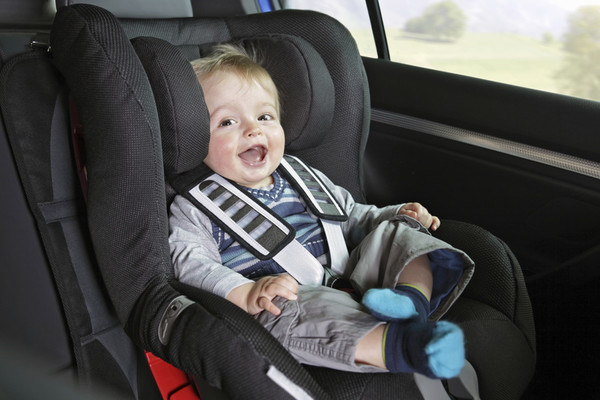 Based on the test results, the experts’ verdict was clear: only full-fledged car seats (with a backrest, armrests, side supports, additional belts), designed specifically for passengers up to 150 cm in height, can ensure the safety of transporting children.
Based on the test results, the experts’ verdict was clear: only full-fledged car seats (with a backrest, armrests, side supports, additional belts), designed specifically for passengers up to 150 cm in height, can ensure the safety of transporting children. How to transport children in a car from December 1, 2016?
Already on December 1, 2016, traffic police inspectors will begin to fine drivers transporting children in violation of new standards, which are expected to appear in paragraph 22.9 of the Traffic Rules. They will contain a requirement to use a special child car seat, which must be secured with standard seat belts provided for by the design of the vehicle. This seat can be installed in both the rear and front seats. Separately, it is worth mentioning the timing of the introduction of new rules regarding the transportation of children. It was no coincidence that officials chose the date of December 1, since with the beginning winter period The traffic situation is traditionally becoming more difficult. Icing of the road surface, snow drifts and snowdrifts, short daylight hours - under such conditions the number of accidents increases significantly.Traffic fines for improper transportation of children
Transporting children in the front or back seat without a special car seat secured with standard seat belts will entail a fine of 3,000 rubles. Such responsibility is provided for in paragraph 3 of Art. 12.23 of the Code of Administrative Offenses in relation to individuals who violated traffic rules. The regulatory act specifies penalties for legal entities - a fine of 100 thousand rubles, and for officials - a fine of 25 thousand rubles.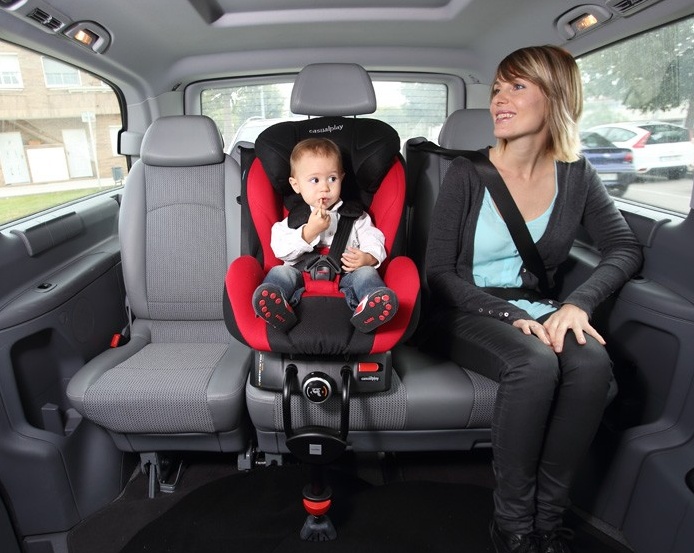 Transporting a child over 12 years of age also follows the following rules: mandatory use of standard seat belts in both the front and rear seats. Please note that a fine of 3,000 rubles will also be issued to those car owners who transport a child in a special seat installed outside the car seat (for example, in the trunk or placed on the floor).
Transporting a child over 12 years of age also follows the following rules: mandatory use of standard seat belts in both the front and rear seats. Please note that a fine of 3,000 rubles will also be issued to those car owners who transport a child in a special seat installed outside the car seat (for example, in the trunk or placed on the floor). Which car seat should I buy?
It should be understood that trusting the life of a child to dubious devices is dangerous. Guaranteed protection when transporting children will be provided only by a full-fledged seat selected for the age of the child. At the same time, it is worth considering one more important point: starting in December, the demand for child car seats will increase significantly, which will inevitably cause an increase in prices for such restraint devices. This means that motorists with small children should take care of purchasing this accessory today!Drivers-parents face new expenses
All cheap and accessible child car restraints, except expensive and certified car seats, are banned. By order of the President, from December 2016, any devices that do not look like a chair will lead to serious fines for parent drivers.
According to Putin’s instructions to the government at a recent meeting of the State Council on road safety in the Russian Federation, by 2016 only one option for transporting children in a car will remain legal - in child seats. This issue is regulated by clause 22.9 of the Traffic Rules, and while there is still a second legal option - in the law it is formulated as “transportation using other securing means.” These means are special adapters of a standard seat belt, popular today among poor Russians, which lower its level so that the strap does not rest on the child’s throat, as well as so-called boosters, or “podpodniks”, which do the same thing - raising the child on the seat so that the belt security fastened it correctly. Today, these means are still legal and popular because special chairs are really expensive for many. However, a number of specialists from the auto industry and the safety sector initiated a change in legislation so that all devices for transporting children except special and, importantly, certified seats would be banned. And the lobbyists’ reward for changes in traffic rules was almost monopoly control over the certification system for child seats, through which ALL seats sold in the country will be required to go through...
We have developed amendments to the traffic rules that exclude the current unfortunate wording, which allows the use, in addition to special chairs, of so-called other devices, the essence of which is unclear, and under their guise many low-quality and dangerous goods are sold,” says member working group State Council on Road Safety Natalia Letova. - As a result, the president instructed the Ministry of Internal Affairs to make changes to the Traffic Rules.
“We tested a lot of various child restraint devices available on our market using a special catapult stand, where a test child dummy with sensors is fixed and which is accelerated at a 50-meter distance to the speeds of simulating an accident,” says Deputy General Director of Federal State Unitary Enterprise NAMI Denis Zagarin. - In all cases, we noted the most dangerous injuries to the chest, internal organs, and head!
On the one hand, the introduction of a full-fledged and certified one and the ban on everything else looks sensible - jokes are inappropriate in the field of transport security. But the ban will affect ALL types of restraint devices, while even the Red Cross, which has closely studied the experience of using such devices in Russia, does not hide the fact that at a certain age the use of belt adapters or boosters is acceptable - a tall child of 5–7 years old can be fastened quite effectively with a standard belt with an adapter that lowers the level of the top strap below the throat. After all, whatever the design child seat or any other restraint device of any other type or kind, the main element is still and remains the standard car seat belt - it is what holds it, and the adapter only corrects the shape! Therefore, in fact, such Russian-made devices regularly receive certification approval. These devices are cheap and domestic, and the seats are expensive and imported... And the NAMI Institute, which initiated the amendments prohibiting belt adapters, curiously, is the owner of one of the two certification stands in the country for testing seats (the second is at AvtoVAZ)! In general, there is obvious interest, prohibiting changes have been adopted, but the clear danger of belt adapters at any age is still a big question...
Help "MK"
Today, children under 12 years of age must be transported in specialized chairs. But when a child under 12 years of age reaches a height of 150 cm, they can already be transported without additional devices - by fastening them with standard car seat belts.
Not all mothers and fathers realize that rattles and sliders are not the most important purchase before the birth of a child. In 2015, children were involved in every tenth road accident in Russia. This year the figure decreased by 9.2%, but the numbers are still frightening: over 8 months of 2016, 267 child passengers were killed and 6,572 child passengers were injured on the roads of our country.
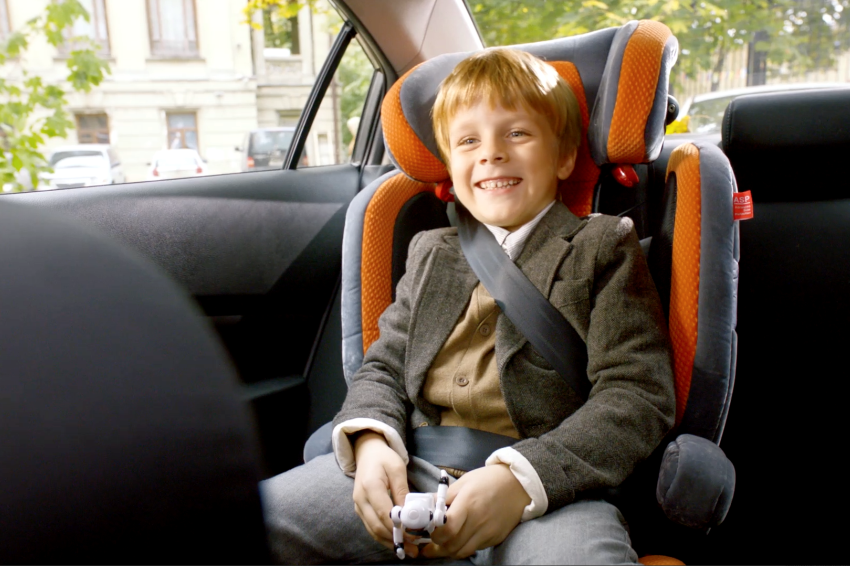
Standard car safety systems are not designed to protect the youngest road users, and therefore children suffer much more in accidents than adults. Child restraints (CRESs) help reduce the risk of injury, however, almost 30% of parents still neglect to purchase them.
According to the public opinion research center VTsIOM, among those Russians who have children under 12 years of age and own child restraints or plan to purchase them, the majority believe that they are well aware of how to distinguish a high-quality child restraint system from a low-quality one. However, as practice shows, excessive self-confidence of parents in this matter has very sad consequences.
How it all began
The ban on transporting children under 12 years of age in cars without using restraints appeared in 2007, but even five years later, more than half of parents preferred to pay fines instead of buying car seats. In the summer of 2016, the percentage of motorists using these devices reached an all-time high - today, 71% of moms and dads own a car seat or other restraint device. This indicator is far from perfect, but achieving it required serious efforts.
Over the past five years, the use of child car seats has been in the spotlight of public attention. Thus, since 2012, a large-scale social project “Car seats for children” has been implemented in Russia, on which the Russian State Traffic Inspectorate is working together with the expert community and public organizations. As part of the campaign, an advertising video was broadcast on federal and regional television channels, billboards were placed, and advertising was launched on radio stations. The problem was discussed in talk shows on federal channels, on the project website children and parents could play useful online games and take part in competitions, and “Treasures of Creslandia” events were held in ten Russian cities. The most decisive measures were taken by maternity hospital workers who, before discharge, checked that parents had a car seat for the baby.
The “Childhood without Danger” project is also devoted to the issue of transporting children, during which the expert center “Traffic without Danger”, with the support of the Ministry of Health and the Main Traffic Safety Inspectorate of the Ministry of Internal Affairs of Russia, has been conducting information trainings for expectant mothers since February 2015 at the Federal Perinatal Center named after. V.I. Kulakova. The health of young passengers was also paid attention to in the social program “Toward Safety,” which started in the fall in the Leningrad, Pskov and Novgorod regions. On the recommendation of the Ministry of Health to regional representative offices, information about the use of child restraint systems is posted on stands in children's clinics, antenatal clinics, maternity hospitals and perinatal centers throughout the country.
As a result of such measures, child injuries on the roads have decreased, but the problem of the dominance of counterfeit products in the market of special restraint devices is still acute. The harmful desire of parents to save money leads to the fact that most children, sitting in the passenger seat of a car, risk their health every day.
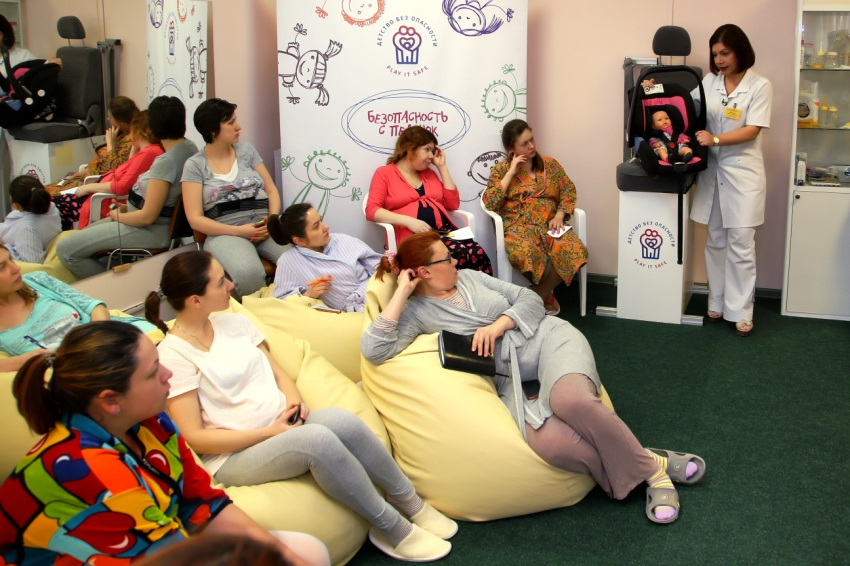
Car seat, booster or adapter?
The safest and most effective are a car seat and an infant carrier (for children under one year old). The position of the child car seat also reduces the risk of injury by almost 80% - at least until the age of four, the child should sit against the direction of travel.
The choice of the type of child car seat is primarily influenced by the height and weight of the child. In 2007, based on World Health Organization calculations, five categories were developed to help parents make choices:
0 (for babies weighing less than 10 kg),
0+ (13 kg),
I (9 - 18 kg),
II (15 - 25 kg),
III (22 - 36 kg).
In addition to car seats, there are other types of restraint devices on the market. For example, boosters (seats without a backrest), as well as belt overlays, which allow you to slightly move the belt down so that it has a more correct position on the child’s body.
Manufacturers of boosters and pads position their products as a cheap alternative to a child car seat. However, these devices do not take into account all the physiological characteristics of the child, and therefore do not provide the proper level of safety and, on the contrary, can sometimes even harm the little person.
Boosters are often made from low quality plastic or foam that splits in half during an accident. Not only is such a “restraint device” unable to absorb the force of the impact in the event of a collision, but the child will most likely be seriously injured by its fragments. Boosters consisting of a metal base, polyurethane and a soft layer are considered stronger, but can only protect adult children; they are not suitable for the smallest passengers. By the way, in developed countries the use of boosters is strictly prohibited, since the lack of a backrest and proper fixation jeopardizes the health and safety of the child.
There is no question of buying adapters that lower the diagonal and raise the lower strap of the basic seat belt. When using this pseudo-analogue of a child car seat, the entire load goes to the chest, and in the event of an accident, the child receives serious damage to internal organs. It is noteworthy that in some countries the installation of such devices is punishable by up to the deprivation of a driver’s license.
However, even purchasing a car seat does not guarantee the safety of your child. According to the expert center "Traffic without danger", 80% of child car seats imported into Russia in 2015 were imported from China. Most of them do not comply with mandatory security requirements and do not guarantee anything other than a formal opportunity to evade a fine. This is confirmed by the results of a number of special checks. During production, they use low-quality materials and plastic fasteners, so in the event of an accident, the child receives even more serious injuries than without a car seat at all.
Legislative regulation in this area has been addressed at the highest state level. The importance of child safety issues was outlined by the President of the Russian Federation Vladimir Putin at a meeting of the Presidium of the State Council on Road Safety in March this year. In August, the problems of regulating passenger transportation of children were brought up for discussion in the Open Government format at a meeting with Minister Mikhail Abyzov. The government drew attention to the need to improve the procedure for certification of child restraint systems and training teaching materials to help parents choose a car seat. Following the meeting, the minister prepared a number of instructions.
“It is proposed to exclude from the traffic regulations the possibility of using for the transportation of children “other means that allow fastening a child using seat belts provided for by the design of the vehicle,” which do not provide the proper level of protection for the child. And, moreover, are highly likely to aggravate the consequences of an accident for the child by compared to standard seat belts used to secure a child without any additional devices,” said Vladimir Kuzin, deputy head of the Main Traffic Safety Inspectorate of the Ministry of Internal Affairs of the Russian Federation. - “Under 7 years of age, children still must be transported in a car only in a car seat. The new amendments also allow that at the age of 7 to 11 years, a child, if due to his physiological parameters he no longer fits in a car seat and sits in the back, will be able to use a regular seat belt. Requirements for the use of a child restraint will remain if such a child is placed in the front seat."
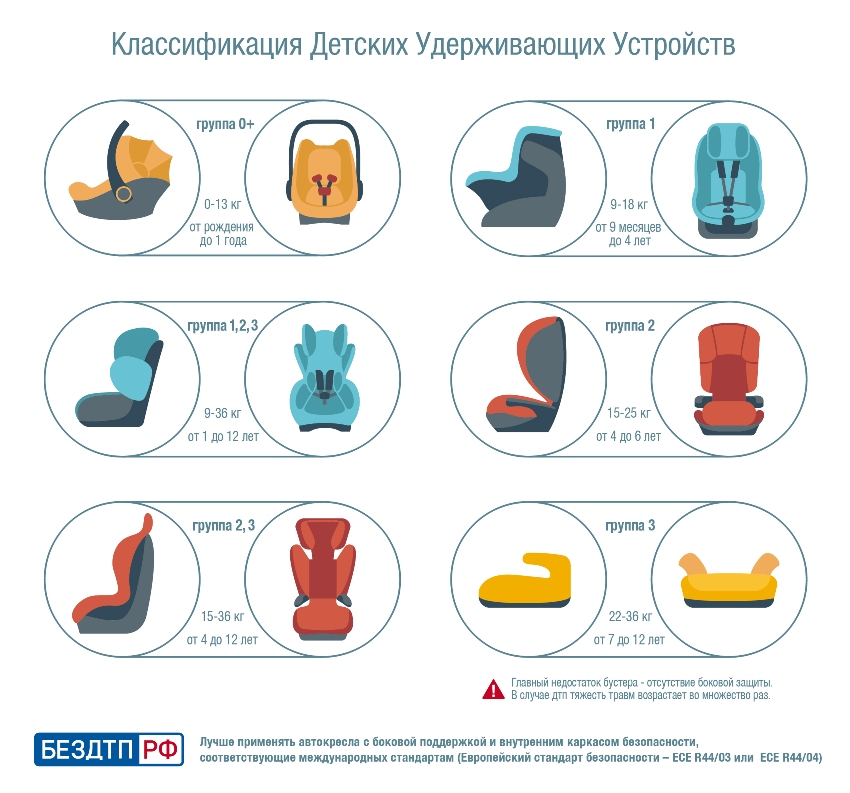
Expensive device?
Sometimes parents are stopped by the high cost of the product, but as the head of the traumatology and orthopedic service of the Morozov Children's City Clinical Hospital, Razmik Keshishyan, noted, “a thousand rubles saved will lead to a great tragedy.” Sometimes parents are also faced with the problem of choice and, without understanding the issue, instead of high-quality chairs, they purchase low-quality analogues.
"The selection of seats for a child is very important. From my point of view, there are certain criteria that should be based on. First of all, there must be an anatomically correct relationship between the child and the child seat. Second, the tilt of the headrest must be adjusted. And, thirdly, the child must be properly fixed. It is even better when there is a special sleeping position for small children. If the chair has special devices with which it is fastened to the seat, then this is good, reliable. And, of course, the chair should not be very bulky. it should be light, but this does not mean that it is structurally easily damaged,” Razmik Aramovich shares the secrets of choosing a child seat.
In addition, the doctor of medical sciences drew our attention to the fact that “there are such accidents that even chairs do not help.” “Unfortunately, there are no ideal seats. It all depends on the speed, the car and the fixation of the seat,” explained Razmik Aramovich.
How to check the device? How can you be sure that the supplier of these products is reliable? “Information about the organization can be found quite quickly, in addition, you can simply touch the chair with your hands. It is also worth paying attention to the markings that are on the chair itself, for example, see if there is a special marking of the tests passed,” explains Agre.
The President of the Expert Center also noted that the problem of low-quality child restraints is significant not only for our country. Many states, just like Russia, still rely on the Geneva Agreement of 1958, according to which they undertake to accept uniform international quality certificates for child care systems. However, not all devices that have an international certificate are able to ensure the safety of a child.
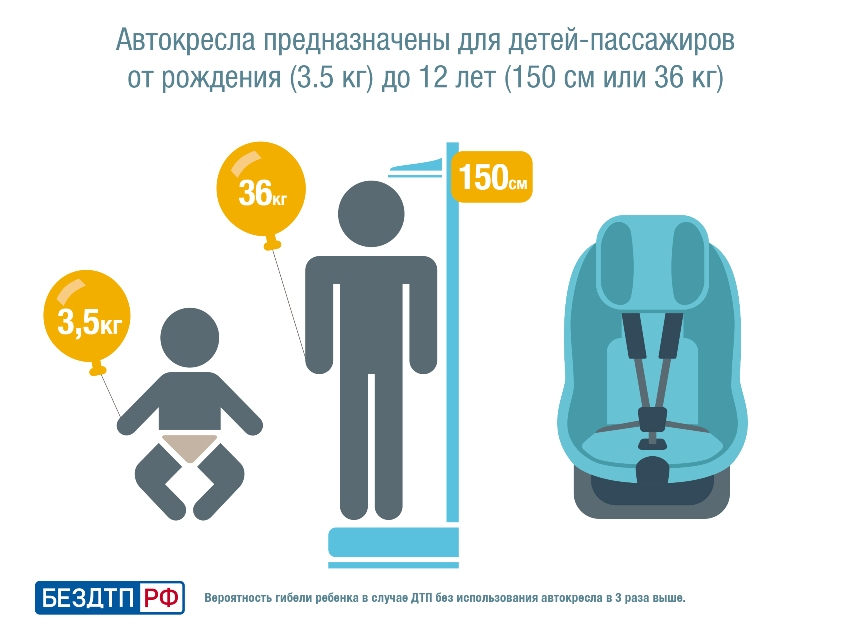
New wave of changes
Potential amendments to the traffic rules were posted on the Unified Portal to post information on the preparation of draft regulatory legal acts by federal executive authorities and the results of their public discussion. According to the document, soon boosters and adapters will finally become a thing of the past - innovations exclude the possibility of using “other means that allow you to fasten a child using seat belts provided for by the design of the vehicle.”
The changes oblige parents of children under 7 years old to abandon analogues and use exclusively car seats as a restraint device. For children from 7 to 11 years old, it is possible to fasten with regular seat belts, but only if, due to their physiological parameters, they no longer fit in a car seat and are sitting in the back.
On behalf of Open Government Minister Mikhail Abyzov, Rosstandart is preparing proposals to the Government by September 30 to conduct unscheduled inspections of manufacturers and importers of child car seats and restraints. By October 15, the department, together with the Ministry of Industry and Trade, the Federal Customs Service, RosAccreditation and Rospotrebnadzor, will have to think through a mechanism for stopping the production and import of low-quality child seats identified during control activities.
Other instructions from the Minister include developing the ability to pay for child restraints using funds maternity capital and creating a register of bona fide manufacturers, developing a mechanism for recalling low-quality products from the market, as well as preparing preventive and educational materials.
However, unfortunately, no law is able to force parents to be more responsible and attentive. Despite the activity of politicians and the latest legislative initiative, ensuring the road safety of children is, first of all, a personal matter for their parents.
The material was prepared within



